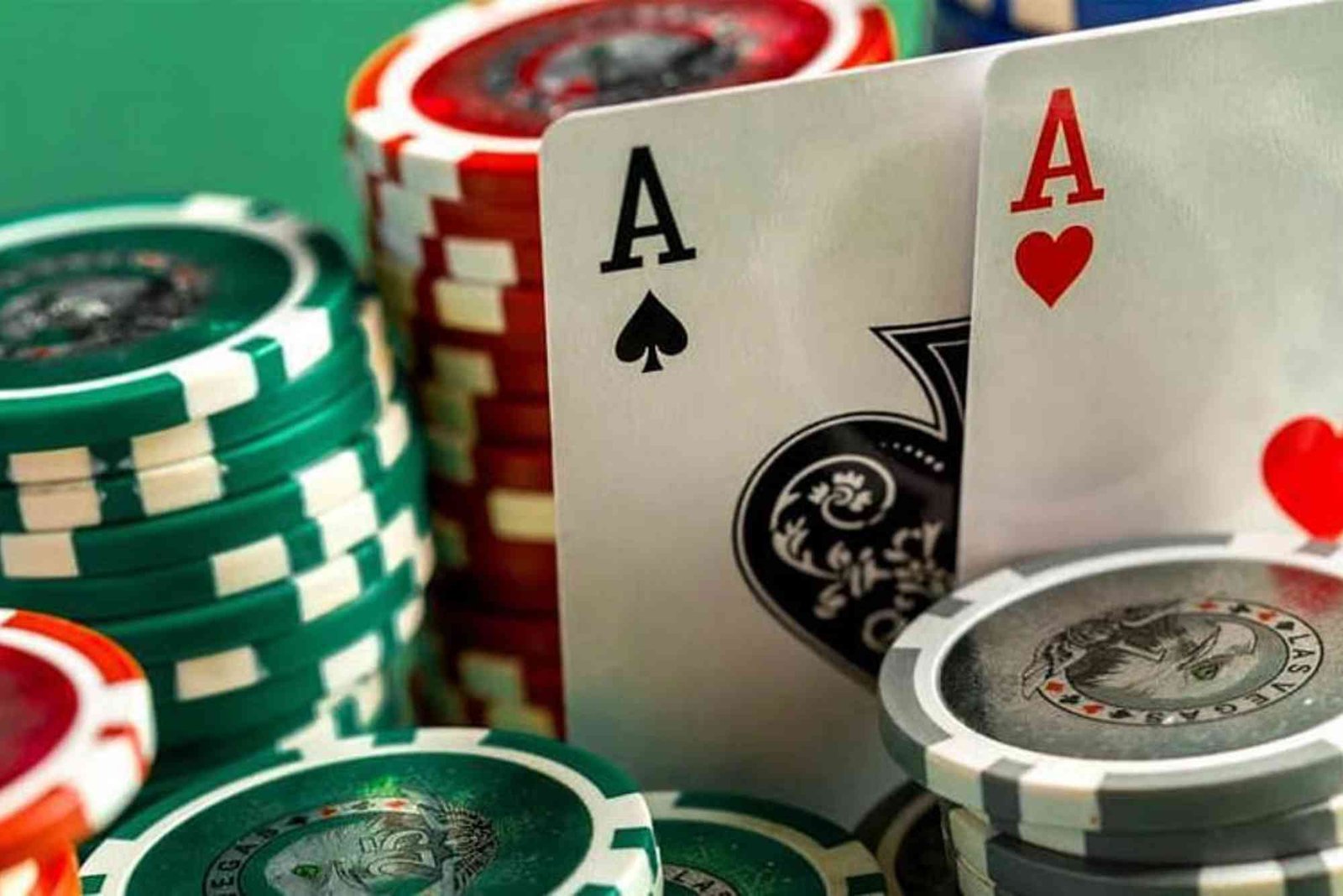There’s a special buzz when a studio drops a brand-new slot: teaser trailers, pre-release RTP whispers, streamers hyping bonus buys. I’ve been that player refreshing the lobby just to be among the first spins. But I’ve also spent countless calm evenings grinding old faithful classics that treat my bankroll with predictable respect. So, which route genuinely pays off—new releases or the tried-and-true? The real answer lives somewhere between math, psychology, and your own mood on the day.
What “New” Really Means in Slot Design
“New” slots aren’t just reskins anymore. Developers pile on mechanics—expanding wilds, buyable bonuses, cluster pays, weird reel layouts—to stand out in a flooded market. Early adoption can be exciting because nobody knows the “feel” yet. But remember, the posted RTP (say 96.2%) is an average across billions of spins. In the first week, variance feels sharper because the community hasn’t smoothed out the data with volume.
New games also come with marketing carrots: tournaments, double comp points, exclusive free spins. I’ve used those promos to stretch sessions on a fresh title for free (or close to it). If you’re promo-savvy, that launch window can be +EV purely because of incentives—not because the game itself is looser.
Why Classics Keep Filling My Session Logs
Classic slots—your Book-of-Whatever clones, fruit machines, simple 5×3 lines—work like comfort food. You know the volatility band, you recognize the paytable at a glance, and you’ve probably memorized the sound effect that means “get ready.” When I’m tired or protecting a small bankroll, I reach for these. Their mechanics rarely surprise, but that’s the point. Predictability keeps tilt at bay.
A lot of classic titles also hold high RTP figures and transparent variance profiles. Developers optimized them before the current gimmick race began, so you often get clean math without the smoke and mirrors. There’s joy in simplicity—steady small wins, occasional nudges of medium hits, and fewer 200x pipe dreams you almost never see.
The Oversight Gap on Offshore Platforms
Let’s talk environment. When you step outside the UKGC umbrella and start exploring casinos not on GamStop, both shiny newcomers and old classics appear in droves. Freedom is great: fewer verification hurdles, quick sign-ups, fat bonuses. But that also means standards vary. Some offshore sites push aggressive new releases with vague RTP disclosures or bonus terms that bury withdrawal caps. I always check independent audits, test small cash-outs first, and screenshot balances like a paranoid archivist. Do the same—especially when a brand-new slot is screaming “play me!” without showing you the fine print.
RTP, Volatility, and the Myth of “Hot New Slots”
A common misconception: “new slots pay more at launch to hook players.” In regulated markets, that’s nonsense—the RNG and RTP are certified. What does happen is psychological. Fresh graphics and uncharted features make small wins feel bigger because you’re busy decoding what’s happening. Classic slots, by contrast, are transparent to a fault—you know instantly if that spin bricked. The novelty overlay on new games heightens perceived value, even when the ledger says otherwise.
Volatility is where the split often lies. Many 2024–2025 releases lean into extreme variance and bonus-purchase hooks, while classics often sit in mid-volatility land. If you’re bankroll-sensitive, old-school might be the smarter call. If you’re hunting 500x+ dream clips for your highlight reel, the new wave caters to you—with the emotional whiplash that comes with it.
Bonus Buys and Feature Access—New Kid Advantage
One stark difference: modern titles frequently include bonus buys or ante bets to boost feature frequency. Classics rarely offer that. When I’m impatient or short on time, tossing an ante to up the scatter rate or outright buying the bonus makes sense. But those features come at a cost: the RTP of bonus buys can differ from the base game, and overusing buys can obliterate a budget fast. Track how many buys you do, and set a hard stop. I cap myself at three failed buys per session—after that, I go back to grinding base game or switch entirely.
Community Data and “Settled” RTP
Classics benefit from massive sample sizes—communities track tens of thousands of spins and share stats. You can Google “RTP proven classics 2025” and find consensus lists. New slots might claim 96.4%, but without real-world tracking, you’re trusting the certificate alone. I follow spreadsheet nerds on forums who log spin counts; if a new game appears to underperform reported RTP long-term (variance aside), I’ll park it for a while.
How Promos Tip the Scales
Online casinos love using new titles as promo vehicles. Free spins, leaderboard races, cashback—these perks often make new games “worth it” even if they’re variance-heavy. Meanwhile, some casinos quietly run reloads or rakeback boosts on classics because they know grinders love them. Before I choose my session theme, I check the promo page. If today’s offer heavily favors the latest release, I’ll treat the new slot like an EV coupon; if there’s a double-points grind on a classic, I’m happily old-school for the night.
Emotional Bankroll: Novelty vs. Nostalgia
There’s an emotional layer we don’t talk about enough. New games keep your brain stimulated—every symbol is a discovery, every feature a learning curve. That stimulation can mask frustration and extend sessions. Nostalgic classics comfort you with familiarity, which can stop you from chasing because you know exactly how the game flows. On days when I feel impulsive, I weirdly choose classics—they calm me down. When I’m bored and likely to wander to multiple sites, new slots keep me anchored in one place longer.
Real Examples from My Own Ledger
One weekend, I dove into a hot new cluster-pay slot with a dual multiplier ladder. I got three bonuses in two hours, each paying between 40x and 70x—fun, but I ended up slightly down. The next day, I parked on an old 5×3 Egyptian book clone, hit the bonus twice in 40 minutes, and walked away with a 140x net profit. Did the classic “pay better”? Not inherently—it just matched my variance tolerance and timing that day. The lesson: outcomes are noisy; only patterns over many sessions matter.
When to Try New, When to Stick with Old (My Framework)
If I have a promo, a flexible bankroll, and energy to learn mechanics, I go new.
If I want to relax, track my spend precisely, or stretch a small budget, I go classic.
If I’m tilting, I avoid both and step away—no slot is nice to a tilted mind.
If a casino hides RTP info or caps withdrawals ridiculously low, I leave—no feature compensates for bad terms.
The Hybrid Future: “Classic Core, New Skin”
Studios know we love the familiar math of classics and the dopamine of new features. Increasingly, they’re merging both: a Book-style base with a twisting multiplier ladder, or a fruit machine with cascading reels. Instead of asking “new or classic,” ask: does this game’s feature package fit my bankroll and goal tonight? The best picks often wear new clothes but keep an old soul under the hood.
Final Verdict: It’s Not Either/Or—It’s Fit-for-Purpose
Neither camp “wins” universally. New slots deliver novelty, promo leverage, and sometimes giant multipliers. Classics offer transparency, consistent pacing, and community-proven math. The better choice is the one that aligns with your bankroll strategy, promotional opportunities, and emotional state. Rotate intelligently: chase new when the incentives line up, retreat to classics when you want steady value. Do that and both sides of the lobby can serve you well.




